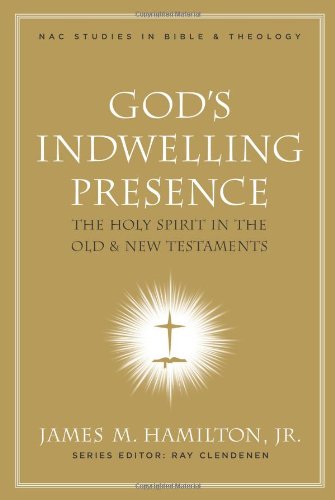The full-length paper I completed last week was about the covenants of both the Old and New Testaments. A lengthy survey of eight total topically covered the Edenic, Adamic, Noahic, Abrahamic, Mosaic, Deuteronomic, Davidic, and New covenants. It was a very wide look at salient points without much depth. My reason for doing the paper was to get a macro view of the framework of the canon from a kingdom perspective. Retroactive and backward in time to understand how God might view redemptive history (i.e., from our Lord Jesus’s viewpoint).
As God is outside or transcendent of space and time, and He set in order how free-will humanity would sovereignly become adopted, it was of interest to see how He would build and develop His kingdom. Contrary to traditional interpretation, I somewhat suspect we’re still in the seventh “day” of creation. Or that our existence and emerging kingdom fellowship as adopted people are predicated upon the context of the fall (Gen 3, Rom 8:22). The covenants were a means of the Exodus or a transition from one state of existence to another as a matter of development. More specifically, covenant theology from God’s perspective and dispensationalism from man’s perspective (without the baggage of tradition). So this project was simply to get oriented for added research to follow without any pre-loaded commitments. And it was necessary to do this from a biblically theological standpoint as no other definitive authority exists in my view. Especially from post-modern denominations that have their more basic issues aplenty. Still, I’m aware of the Westminster Confession (WCF) and others, and I’m fully respectful of those.
So, the effort was an attempt to recognize patterns of covenants as instruments of mediation between God and mankind. – As a foundation to see if the whole point of this ordeal was that the fall was part of God’s sovereignly creative and permissive will. From Genesis 3:15 onward. To better understand God’s heart about what historically occurred along a chronological timeline that led to fulfillment in Christ and to understand more about His revealed character.
“Fear not, little flock, for it is your Father’s good pleasure to give you the kingdom.”
– Jesus, Luke 12:32
“For we know that the whole creation has been groaning together in the pains of childbirth until now.”
– Paul, Romans 8:22
Birth into what? Allegorically, into what? My tentative view is this:
He intended all along to put His Spirit within us. And not as a fallback plan among people as contingent beings.
Knowing humanity could fall, it was His will to redeem His created beings to build a kingdom of people who are sanctified to love Him and each other. Beings who are shaped from free-will agency to glorify Him with a permanent and enduring love. Rightfully so, whether from Eden without the fall or the Cross with the fall, He will have His Kingdom.
James Hamilton, the author of God’s Indwelling Presence – The Holy Spirit in the Old & New Testaments writes about the Old Testament circumcision of the heart as compared to the regeneration and indwelling of the Holy Spirit. He makes a compelling and persuasive argument that there is a difference between regeneration and indwelling. And Old Testament believers were regenerated, but not indwelt by the Holy Spirit. The inferences and case he makes are that you can be in a state of regeneration for a period, or a lifetime, but never indwelt. Conversely, you can also lose the regeneration, but not the indwelling.
So where exactly is this indwelling within? The tripartite nature of people situates the body, soul, and spirit. The naturally born person without rebirth is spiritually “dead” (i.e., oblivious to a different internal reality) until regenerated. Upon acceptance and authentic belief in Christ happens, the spirit is superseded by the indwelling Spirit (at His choosing). Belief is not possible without regeneration.
He also surveys by category (patristics, reformation, modern) numerous positions of theologians who hold a continuum of distinctions about regeneration and indwelling.1 He also relies quite a bit on textual criticism and the morphology of terms within ancient manuscript texts (not translations) to get at definitions of Holy Spirit presence, internal and external, present state and future state, and regeneration or indwelling, to understand and write about the original intent of the biblical authors.
The textbook gets the attention of seminary students from various institutions. It covers in explicit detail what it means to be born again (indwelt), regenerative (external presence and grace), and spiritually unregenerate.

















Comments are closed.